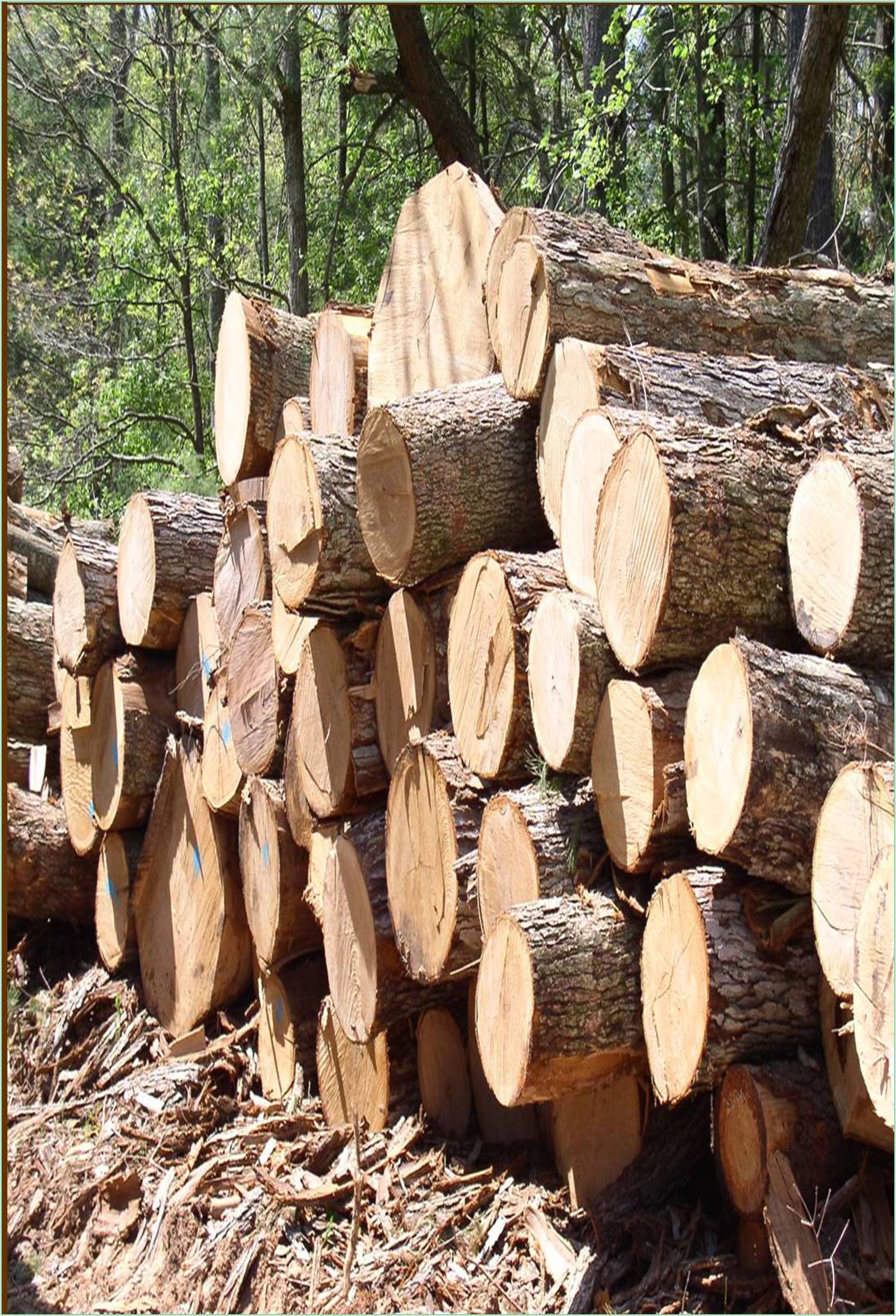



Received: 28-Jun-2022, Manuscript No. GJWSFW-22-67961; Editor assigned: 01-Jul-2022, Pre QC No. GJWSFW-22-67961(PQ); Reviewed: 15-Jul-2022, QC No. GJWSFW-22-67961; Revised: 29-Aug-2022, Manuscript No. GJWSFW-22-67961(R); Published: 05-Sep-2022, DOI: 10.15651/2449-1780.22.11.010
The Introduction to Tropical Forest Management (TFM) provides an insight of the present areas under sustainable forest management areas that make use of systematic management planning. Additionally, comparative statistics on inventories and silviculture for several tropical forest ecosystems are provided. These are convincing enough to support that the only differences in local applications of forest management planning relate to specific features. By absorbing CO2, tropical rainforests help to reduce global warming. Without this temperatures Tropical rainforests help reduce global warming through CO2 being absorbed. Without this temperatures will increase rapidly leading to a range of problems including rising sea-level and coastal flooding around the world, causing a number of issues such as global coastal floods and increasing sea levels.
From preventing soil erosion in agricultural fields to reducing the consequences of climate change, forests are crucial to sustainable development. We all know that the lack of clean water and clean air can result in adverse social and economic impacts on communities and economies. These aspects have many benefits such as cleaner air, conservation of soil, enhancing wildlife habitat quality, protection of water quality, recreational activities and wood utilization improvement. To maintain and improve the economic, social and environmental qualities of all types of forests for the benefit of present and future generations.
Sustainable Forest Management (SFM) is described as a "dynamic and developing concept." It is characterized by seven factors, including the extent of the forest resources, the biological diversity of the forest, the health and vitality of the forest, the productive and protective functions of the forest resources, the socioeconomic benefits of the forests, and the legal and policy aspects of the forest. The goals of providing food and protecting and conserving ecosystems sustainably are mutually supportive. Water is provided by forests, which also reduce climate change and offer habitat for numerous pollinators, which are crucial for the sustainable production of food. According to estimates, animal pollination is beneficial for producing fruit, vegetables, or seeds in 75% of the world's major food crops, which accounts for 35% of the world's total food production. The ecosystem approach is a method for managing land, water, and living resources in an equitable manner while promoting conservation and sustainable use. Applying the ecosystem approach will helps in balancing the convention's three main goals the fundamental structures, processes, functions and interactions between organisms and their environment are covered by an ecosystem approach, which is based on the use of appropriate scientific approaches targeted at levels of biological organization. It acknowledges that people, with their wide variety of cultures, are an essential part of many ecosystems.
Poor logging practices and premature re-entry into harvested areas are currently endangering sustainable forest management for timber and maximizing carbon retention in a large portion of the tropics (i.e., re-logging before the end of the designated cutting cycle). Because trees are carefully harvested from forests with dense canopies, logging is a much larger issue than deforestation when it comes to measuring losses of commercial timber stocks and the related carbon emissions (referred to collectively as forest degradation). Although carbon emissions from forest degradation usually go unreported, some estimate the magnitude of these emissions to be equivalent to that from deforestation. In addition to criteria and indicators of the typical sustainable forestry systems, silvicultural practices that are pertinent to establishing and maintaining resilient forests, as well as specific recommendations in recommendations in relevant to uncertainties for sustainable forestry, can provide guidance for forest management. Resolution global remotely sensed images revealed that the geographic footprint of deforestation was at least 20 times larger than that of logging in humid tropical forests. Unnecessarily large canopy openings coupled with the presence of flammable logging waste also render forests susceptible to destructive fires.